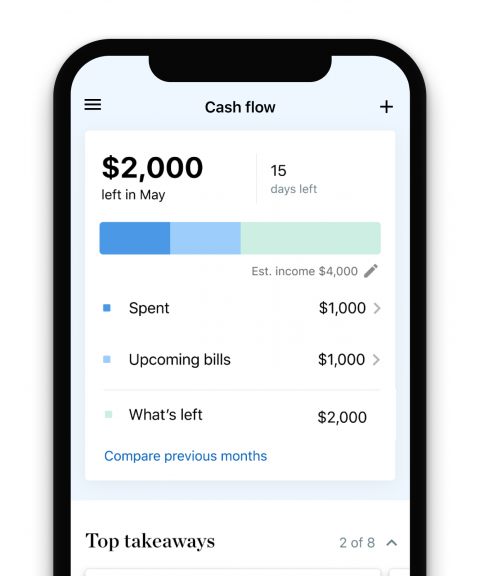Updated July 12, 2024, to add the most recent PPI figures.
The producer price index, or PPI, measures changes in prices paid to producers and manufacturers for goods and services.
Current index: The PPI increased 0.2% from May to June and increased 2.6% in the 12 months through June. That’s according to the July 12 release from the U.S. Bureau of Labor Statistics, which updates the PPI monthly.
What is the PPI?
The PPI tracks the prices that producers and manufacturers receive for their goods from retailers and distributors. “In general, the PPI is about the price change from the perspective of the seller,” says Thomas McDonald, a senior economist at the BLS. Higher prices on the producers’ end often lead to increased prices for consumers, he adds.
The PPI rises when producers and manufacturers sell their products at higher-than-usual prices, likely to offset the rising costs of raw material or distribution. So retailers wind up paying higher prices from the wholesaler, and consumers then pay higher prices from the retailer.
In this way, PPI functions as a measure of inflation, along with the consumer price index, or CPI, which tracks the prices consumers pay for goods and services.
» MORE: Why is everything so expensive?
PPI categories
In calculating the PPI, the BLS sorts products and services into two categories: final demand and intermediate demand.
Final demand refers to goods and services sold by the producer to retailers or distributors, who intend to sell those products to consumers.
Examples of a final demand good include, well, pretty much any physical product you could buy: clothes, computers, furniture, cosmetics — you get the picture. Examples of final demand services include air travel, internet, home security, cleaning services and financial advisement, according to the BLS.
Intermediate demand refers to goods and services sold to other manufacturers to be used in the production of other goods.
Here’s an example McDonald provides to explain how businesses use the PPI. Say you have a contract to pave and repave roads with Fictional County. In your contract, you’d likely include a clause that allows you to raise your price if, say, the PPI’s asphalt index rises (in other words, if asphalt becomes more expensive).

June PPI report
PPI increased 0.2% in June. Compared to a year ago, the index rose 2.6%. It’s the largest annual growth rate since March 2023.
Core PPI, which excludes food, energy and trade services, was unchanged in June and is up 3.1% compared to a year ago.
Final demand services: Prices for final demand services increased 0.6% in June, according to the report.
The index for final demand trade services rose 1.9% in June, while the index for final demand services excluding trade, transportation and warehousing rose 0.1 percent. These two indexes measure changes in price margins received by wholesalers and retailers.
On the flip side, the index for final demand transportation and warehousing services decreased 0.4% in June.
Service price indexes that recorded increases include machinery and vehicle wholesaling, automobiles and automobile parts retailing, deposit services (partial), fuels and lubricants retailing, computer hardware, software and supplies retailing, and professional equipment and commercial equipment wholesaling.
Final demand services that saw prices fall include truck transportation, residential real estate loans (partial), and machinery and equipment parts and supplies wholesaling.
Final demand goods: The prices for final demand goods fell 0.5% in June.
A 5.8% drop in gas prices was a major factor in the final demand goods' index decline, according to the report.
The indexes processed poultry, electric power, diesel fuel, jet fuel and fresh and dry vegetables also pushed down the index for final demand goods.
Some final demand goods price indexes that rose include eggs, natural gas and aluminum base scrap.
» MORE: What Is the PCE?
How is the PPI calculated?
Once a month, the BLS solicits roughly 100,000 prices for specific products or groups of products from participating sellers. Then, those prices are weighted against their price in a “base” year, which for many products is 1982.
In addition to classifying products based on final demand or intermediate demand, the BLS sorts products and services by industry. It also categorizes them by commodity classification, which is solely based on their material composition.
When is the PPI released?
The BLS releases a monthly PPI report showing how the index changed. The next PPI report, which will reflect changes to the index in July, is scheduled to be released Aug. 13.



